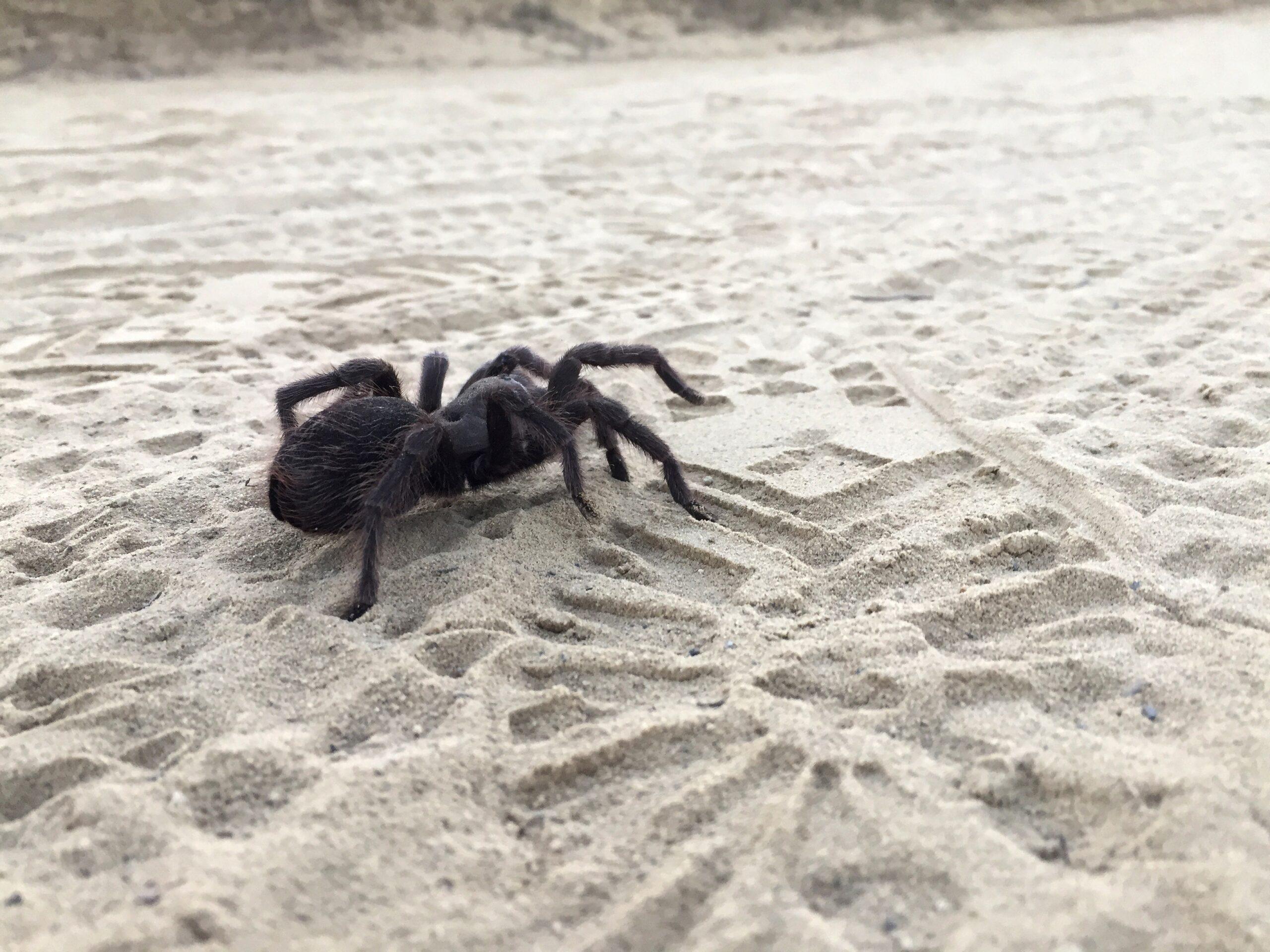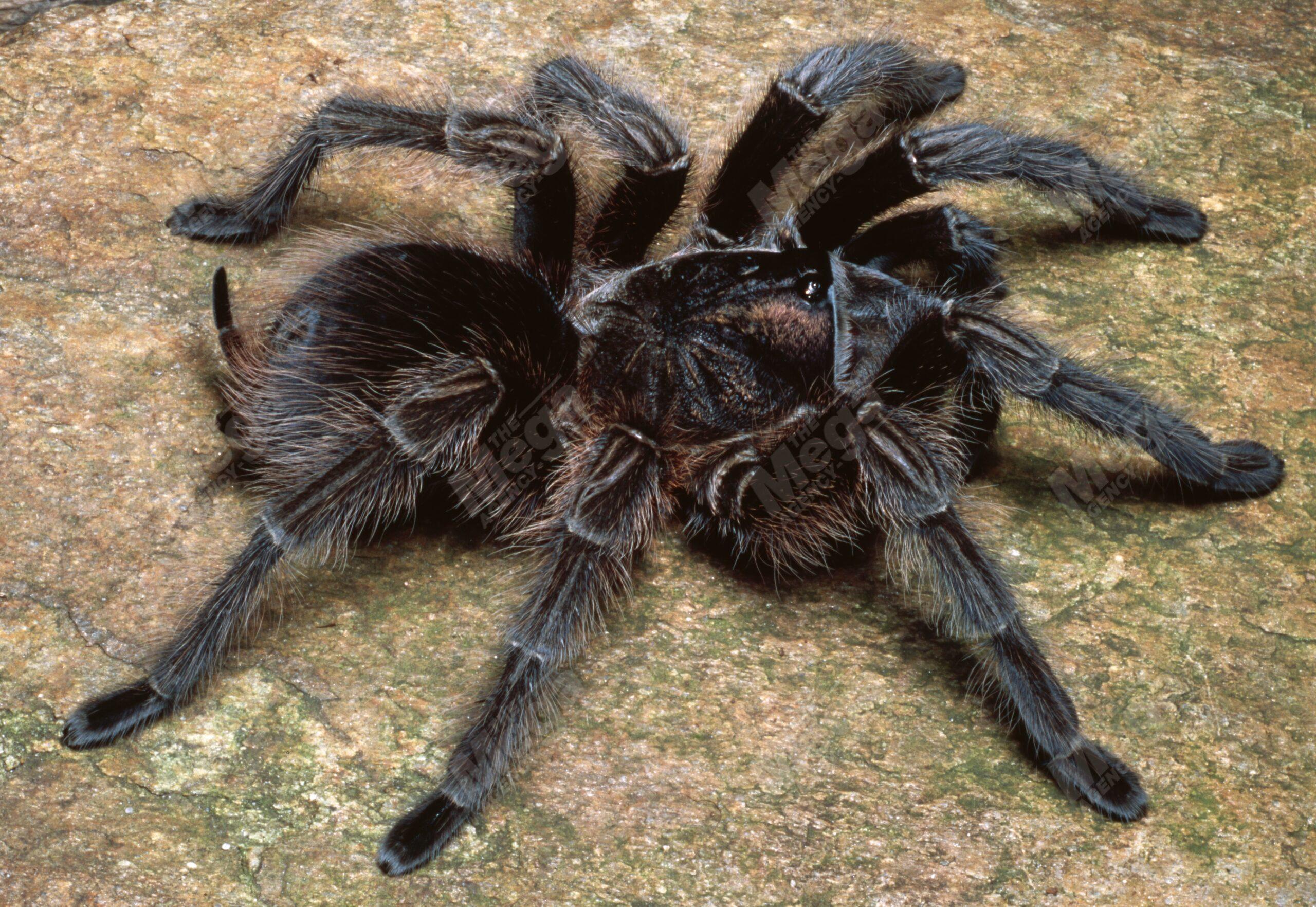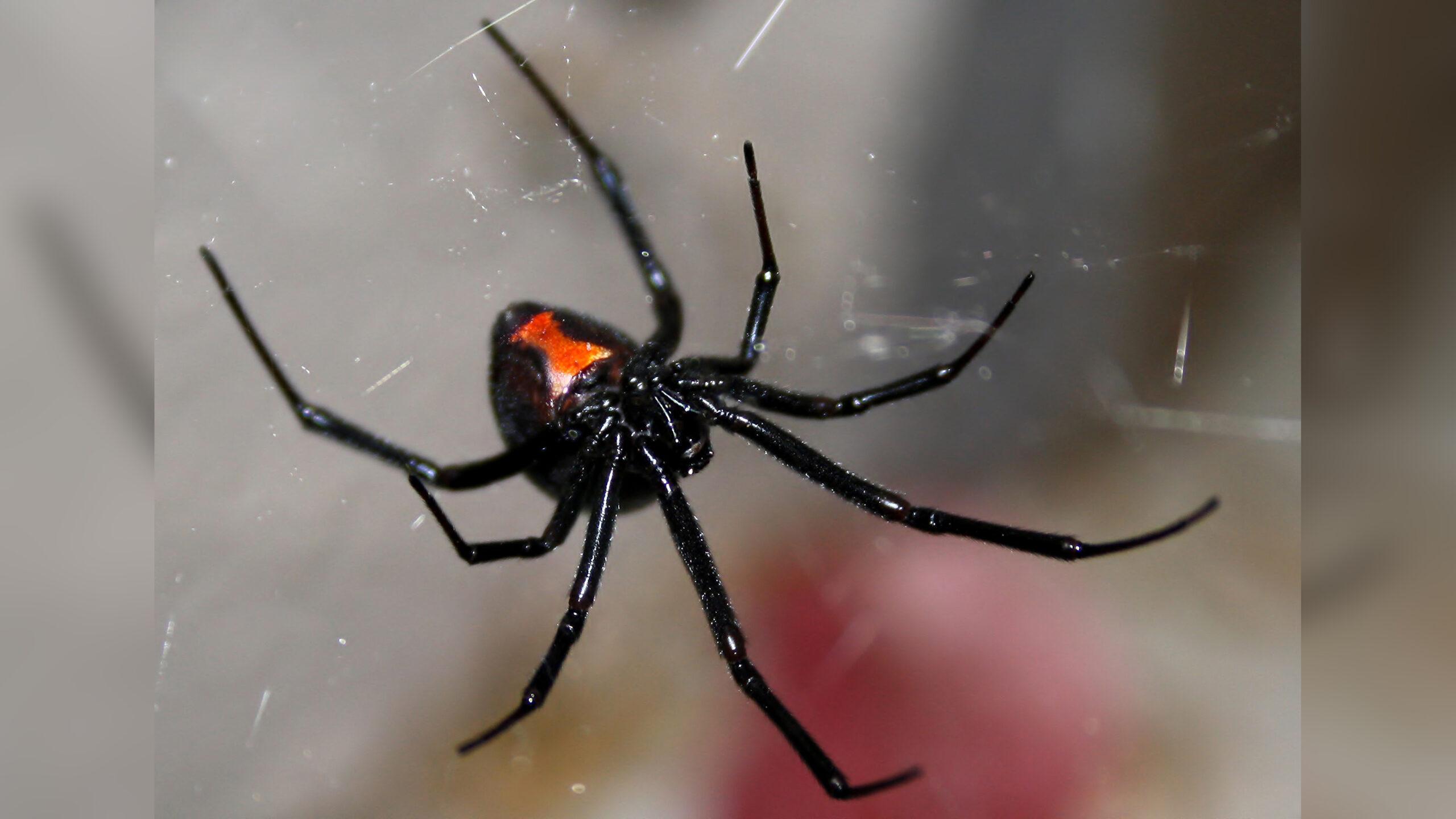Male Wolf Spider Mating Patterns Reveal It's Not About Size... It's How You Use It
By Kristin Myers on June 5, 2022 at 11:30 AM EDT

Would you believe that spiders are creating their own sick beat in order to woo a mate?
In a study that was published in Biology Letters and shared with Science Alert, male wolf spiders can be seen shaking their abdomens, tapping their appendages, and flexing their legs in order to woo a female mate.
Since spiders don’t have ears, researchers are interested in how they use visual signs and the vibrations produced through movement in order to attract their mates.
WATCH Male Spider Put On A Show To Woo A Mate
According to the study, male wolf spiders can shake what they’ve got for over 45 minutes, all in an attempt to win over a mate. This research was done on a species of wolf spider that is found in North America, which is officially classified as the Schizocosa stridulans.
It’s not only the vibrations that the spiders create with their movement that is used to win over the heart of a mate. The visual cues – meaning the wilder the display the better – is another important factor in finding a mate.

The research team was led by voluntary biology Noori Choi at the University of Nebraska-Lincoln. “Exactly why females are more likely to accept males with more complex displays, however, remains an open question,” she wrote in the research study.
“Nonetheless, despite presumably higher costs of increased signal complexity, our data demonstrate that S. stridulans males can and will actively alter their signal complexity and that this ability may be under direct selection from females,” she continued.
Spiders Dance In One Of The Most Entertaining Research Studies Of All Time

In order to see how wolf spiders attracted to a mate, the researchers filmed both male and female spiders meeting one another. They introduced the two on strips of filter paper that would allow the scientists to record the animals’ vibrations.
The researchers placed the female spider on the strip of filter paper first. While she was waiting, she released a string of silk. The pheromones released in the silk serve as a cue to the male wolf spider that she is open to mating. When the male did arrive, they were allowed to interact for twenty minutes.

The researchers had forty-four spider introductions in total. Researchers discovered that males “copulated more and faster” if they produced sizable vibrations and animated dances for their partners. Female spiders responded best to varying transitions between two noises, known as revs and idles.
The researchers concluded that male wolf spiders also are able to switch up their beat using feedback that they’ve received from their female counterparts.
Spiders Are ‘Sophisticated’ When It Comes To Mating, Researcher Claims

One of the researchers involved in the study, ecologist Eileen Hebets, said “We see that in lots of other animal groups, but people who work on other animal groups are often surprised when they see stories of spiders engaging in these sophisticated behaviors.”
“We've found this now in several studies, and it really drives home the point that spiders are just as sophisticated as any other animal when you're talking about communication,” Hebets added.

Other studies conducted on other species of wolf spiders has led researchers to include that switching up the beats and giving the female mate a wild performance has led to more successful mating patterns. Interestingly enough, they found that larger size didn’t give spiders an advantage when it came to choosing a mate.
Hebets added, “Females aren't necessarily looking for the biggest male or the loudest male or the strongest male. But maybe they're looking for a male that is really athletic and can coordinate all of these different signals into one display.”

In other words, the study found that size doesn’t matter as much as how you use it… at least as far as spiders are concerned.